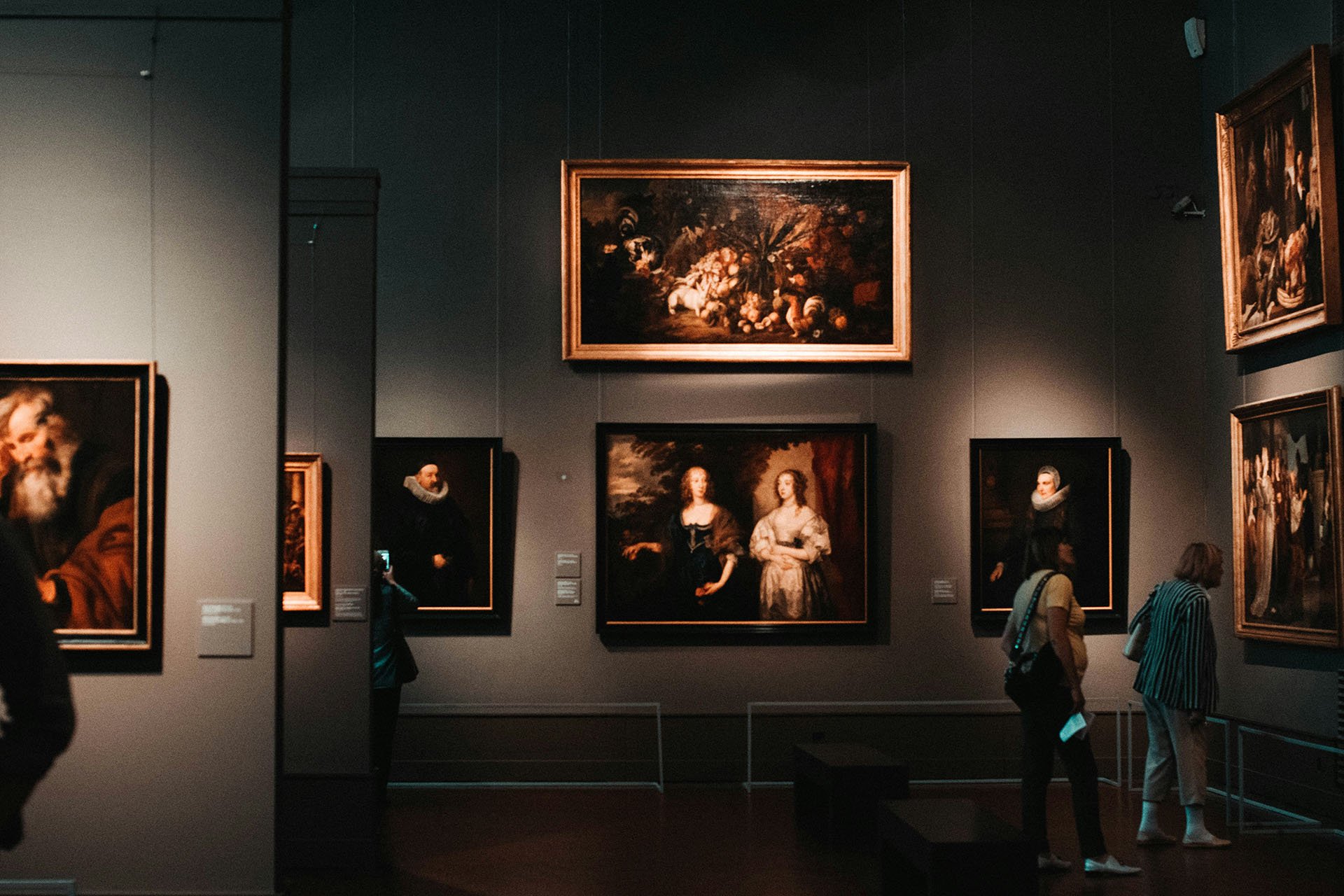Art is on My Mind...
…as it should be! I live in—and write about—the continent’s oldest continuously-operating art colony, a place where for centuries people have come to capture that play of water and air that is known, simply, as “the Provincetown Light.”
I am not myself a visual artist; my crowning achievement in that area is my uncanny ability to draw a duck without taking the pencil off the paper. Many people are less impressed with this feat than I am. But my inability to do something impedes in no way my capacity to appreciate it—thank goodness!—and every time there’s a new opening at one of the East End galleries (something that takes place pretty much every Friday in the season), I feel a surge of excitement. I don’t pretend to understand everything I see. I won’t pretend to like it all, either, though my good manners never allow negativity to show. But I do love feeling challenged, having an emotion brought up, wonder at the stories behind the paint or the sculpture.
And so when I was wondering what context to give my protagonist Sydney’s next set of adventures, it occurred to me that I hadn’t yet explored the world of art. Now, I’m comfortable with history. I’m a respectable researcher. I’m comfortable with analysis. I love finding little-known bits of the past and incorporating them into the present. Art, on the other hand? It seems too vast to wrap my arms around.
I enlisted a couple of local guides, and spent a whole lot of time looking at art, thinking about art, reading about art. And then I dove deep down the rabbit holes that seemed the most interesting—the questions of art fraud and art theft.
And the rest of it can be read in The Fine Art of Deception.
I think it’s interesting and possibly even meaningful that I waited this long—we’re on the 9th book in the series—to tackle this subject, even as it is becoming more and more of a pressing concern in other areas of our common life. Maybe I’ve been wanting to stay safely in the past, which—as world leaders have shown us—never affects the present. But art is at the forefront of a new revolution, and one that could end up destroying it—and us—altogether.
I am speaking, of course, of artificial intelligence, and what may be, as Naomi Klein recently wrote in The Guardian,
“what may turn out to be the largest and most consequential theft in human history. Because what we are witnessing is the wealthiest companies in history (Microsoft, Apple, Google, Meta, Amazon …) unilaterally seizing the sum total of human knowledge that exists in digital, scrapable form and walling it off inside propriety products, many of which will take direct aim at the humans whose lifetime of labor trained the machines without giving permission or consent.”
She continues,
“Why, for instance, should a for-profit company be permitted to feed the paintings, drawings and photographs of living artists into a program like Stable Diffusion or Dall-E 2 so it can then be used to generate doppelganger versions of those very artists’ work, with the benefits flowing to everyone but the artists themselves?”
I’ll confess to having had a sense of amused curiosity around AI for a long time. Yeah, but it’ll never replace real artists, real writers, real innovators. Yeah, but we can pick and choose when to use it and when to set it aside. Yeah, but, at the end of the day, it’ll never be as good as we are.
And I’ve been pretty much proven to be completely wrong. In The Fine Art of Deception, I write about stolen art, faked art, fraudulent art. At least in those terms, theft is theft, there’s no dressing it up. In Silicon Valley-speak, however, theft is repurposed as “disruption,” and is a positive thing. “They are just hoping that the old playbook works one more time,” writes Klein, “that the scale of the heist is already so large and unfolding with such speed that courts and policymakers will once again throw up their hands in the face of the supposed inevitability of it all.”
In an open letter, artist and illustrator Molly Crabapple writes, “Generative AI art is vampirical, feasting on past generations of artwork even as it sucks the lifeblood from living artists.”
Doesn’t sound quite so harmless now, does it?
Look: we’re all fascinated by the famous heist at the Isabella Stewart Gardner Museum, which I instance in The Fine Art of Deception. The largest art heist in the world…. Until now. According to Crabapple, the Gardner was small potatoes: “AI art generators are trained on enormous datasets, containing millions upon millions of copyrighted images, harvested without their creator’s knowledge, let alone compensation or consent. This is effectively the greatest art heist in history. Perpetrated by respectable-seeming corporate entities backed by Silicon Valley venture capital. It’s daylight robbery.”
Remember that next time you chuckle at a meme or read a bot-generated text. Art belongs to humanity: we created it from the depths of our hearts and souls, our experiences, our visions.
Let’s not let anyone take that away.

